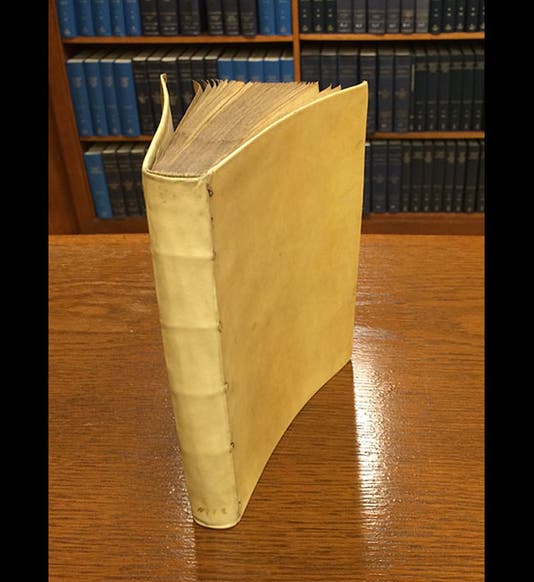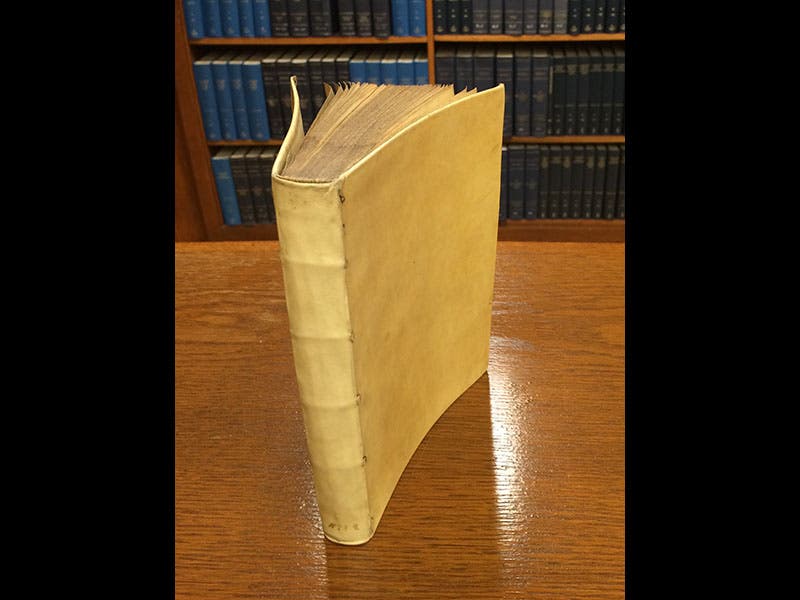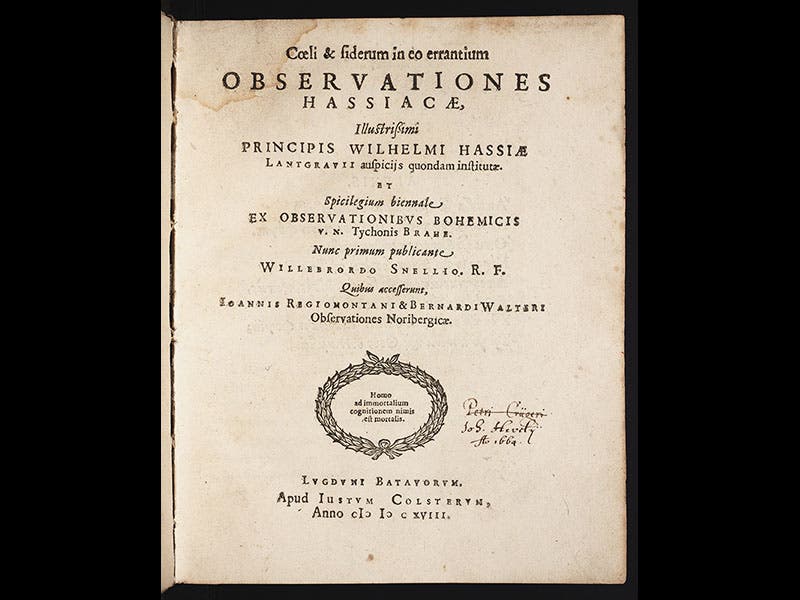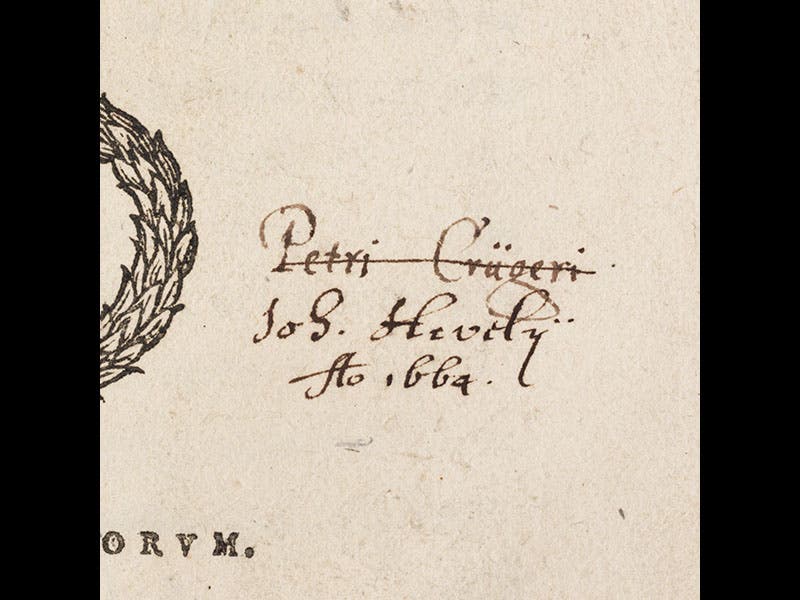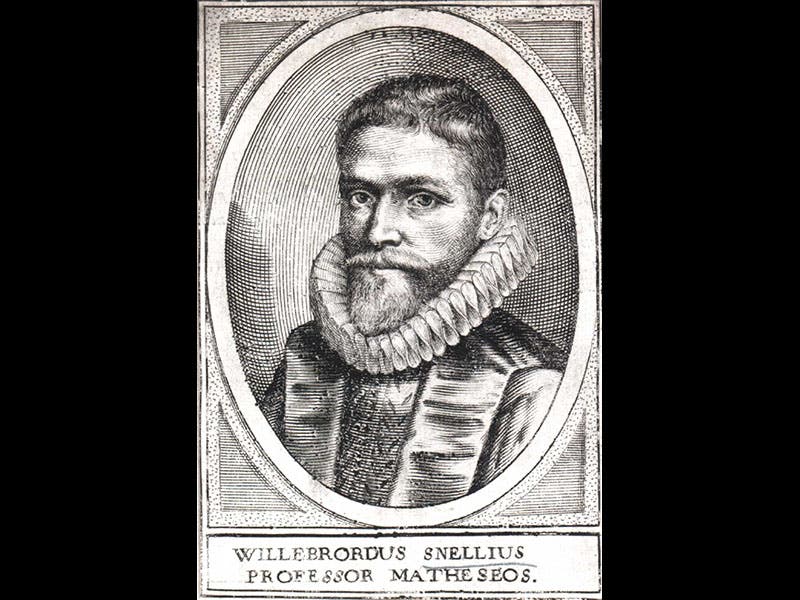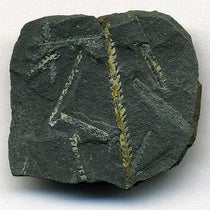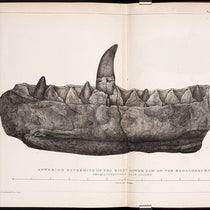Scientist of the Day - Willebrord Snel
Willebrord Snel, a Dutch physical scientist, died Oct. 30, 1626, at the age of about 46. Snel (or Snellius or Snell) did important work in astronomy, mathematics, optics, and geodesy, and he has his name attached to the law of refraction of light (Snell’s law), although he was not the first to make that discovery. But today we focus on a book that he wrote in 1618, Coeli & siderum observationes, in which he published the astronomical observations made at the court of Landgrave Wilhelm IV of Hesse-Cassel in the late sixteenth century. The book is important in its own right, but our copy is special because of a brief ownership inscription on the title page. "Petri Crügeri" it says, in one hand; that entry is lightly crossed out, and then underneath, in a slightly different shade of ink, it says "Joh. Hevely / Ao 1664." Peter Crüger was a Polish astronomer working in Gdansk, and he was the teacher of Johannes Hevelius, who would become the world's most distinguished lunar observer after Galileo. So this book had apparently once been in the library of Crüger, and then either he gave it to his prize pupil, or Hevelius inherited it after his death. And since there is reason to believe that Crüger acquired some of the books of Johannes Kepler, after that great astronomer's death in 1630, it is possible that our copy once belonged not only to Hevelius and Crüger, but to Kepler as well. Bibliographers call such a trail of ownership "provenance," and a book with a distinguished provenance is highly desirable to collectors. Research institutions such as ours value provenance as well, for to leaf through a book that was once handled by Snel, Crüger, Hevelius, and possibly Kepler is to take scholarship to an entirely new and thoroughly exhilarating level.
The images above are all from Coeli & Siderum, except for the portrait of Snel, from a different source. Little did Snel know how he was setting the table when he published his book in 1618.
Dr. William B. Ashworth, Jr., Consultant for the History of Science, Linda Hall Library and Associate Professor, Department of History, University of Missouri-Kansas City. Comments or corrections are welcome; please direct to ashworthw@umkc.edu.

